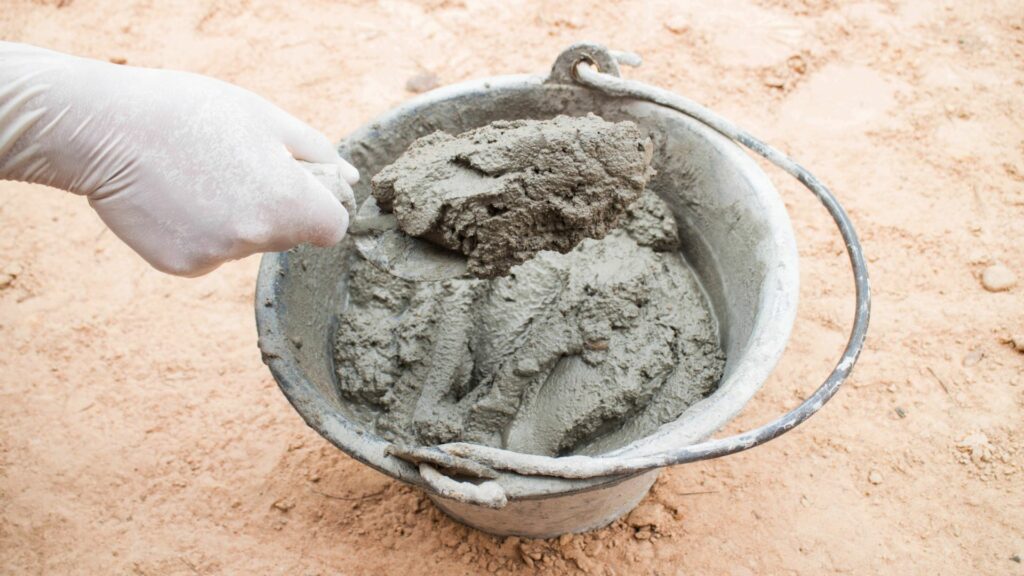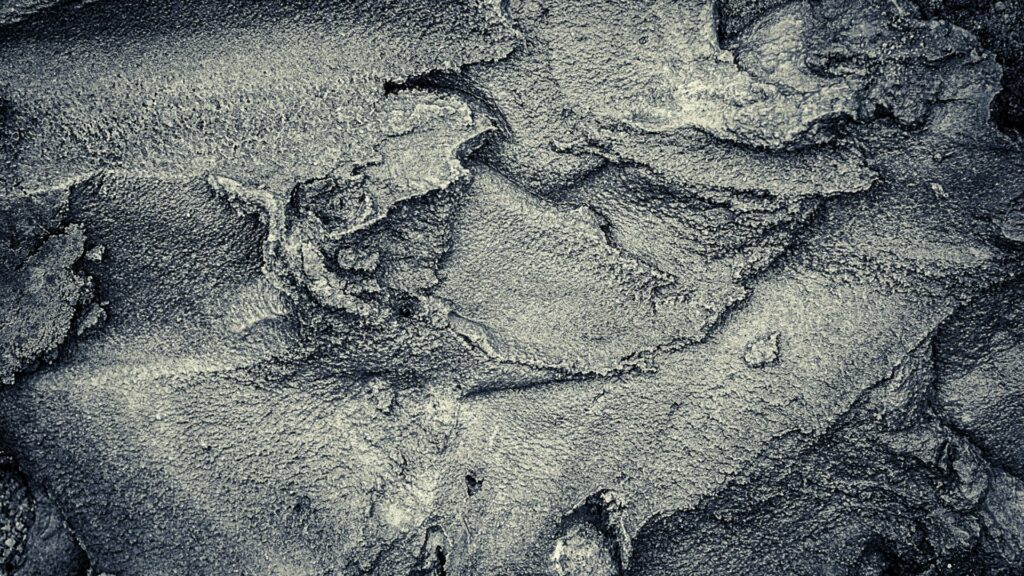Construction projects typically involve demolishing concrete structures such as driveways, sidewalks, and foundations. These demolitions can leave the contractor with a lot of unusable old concrete.
Old concrete is not only an eyesore but also a waste of space that might even hinder construction traffic. Besides, if unused, this old concrete ends up in landfills which is harmful to the environment. However, concrete can be recycled and reused, saving space and money.
Recycling concrete typically involves pulverizing or crushing the concrete near the demolition site. The recycling method’s choice depends on the concrete pieces’ size and shape. Recycling concrete ensures that concrete is not dumped in landfills while significantly reducing construction costs.
Table of Contents
How to recycle concrete
Recycling concrete is relatively straightforward and can be done on-site, off-site, or at a concrete recycling facility. First, the concrete rubble from the demolished sidewalks, roads, buildings, curbs, highways, foundations, and curbs is harvested.
The harvested concrete is crushed or pulverized. There are several concrete crushing methods depending on the size and shape of the concrete.
Primarily, we may crush concrete using cone crushers, mobile or stationary crushers, or impact crushers. Secondary crushing may be done using a cone crusher.
After crushing, the rubble is screened using deck and scalping screeners to separate the concrete from other materials like asphalt pavement, clay, metal, dirt, wood chips, and plastic. Several screening processes are required, depending on the intended use.
The concrete is then separated into fine and coarse aggregate. Finally, the concrete is cleaned to remove any remaining residue. This final step can be done using air or water separators, magnetic separation, or hand-picking.
Benefits of recycling concrete
Recycling concrete is beneficial to both the environment and the construction budget. Recycling concrete helps the contractor to avoid spending money on transportation and disposal. Why spend money moving debris from the site to a landfill when you can recycle and reuse it onsite?
Additionally, recycling concrete is a great way to avoid run-ins with landfill regulation bodies. On the same note, recycling concrete and keeping it out of landfills help protect the environment.
Finally, recycling concrete helps reduce the volume of new materials required to complete a construction project. This can lead to significant cost savings in the long run.

Ways to use old concrete
Recycled concrete can be used in many residential and commercial projects, like gravel, aggregates, and asphalt.
- Landscaping: Recycled concrete is ideal for residential and commercial landscaping projects. We may use crushed concrete to construct driveways and walkways, retaining walls, and raising flower and garden beds. It is ideal for building yard drainage systems.
- Construction: We can use recycled concrete as an aggregate for mixing new concrete to be used in construction as it can replace some of the new aggregates typically used in ready-mix concrete.
- Building new oceanic reef habitats: We can use large pieces of old concrete to create a foundation for coral to build new reefs.
- As a base for new asphalt paving: Old concrete pavements are broken in place through rubblization, creating a base layer that new asphalt pavement is laid over.
- Filling wire gabions: In construction, we usually fill gabions with crushed gravel. However, we can use crushed old concrete to fill the wire gabions used as functional and decorative retaining walls or privacy screens.
- Permeable paving: Old broken concrete is ideal for driveways, walkways, and other rugged outdoor surfaces because it is porous and stable. The broken concrete is laid carefully to create durable and permeable paving enough for rainwater to filter through, reducing the need to manage runoff water.
- Controlling streambank erosion: Vulnerable gullies or stream banks can be protected using large pieces of crushed concrete. These pieces of crushed concrete help prevent erosion that would otherwise deplete the banks.
Summary
Most construction projects involve demolishing concrete structures, resulting in a lot of ugly and sizeable rubble. This rubble eventually ends up in landfills, which is not ideal for the environment. Transporting this rubble to landfills also requires a lot of time and money.
Recycling old concrete helps avoid these costs while also protecting the environment and providing alternative aggregate that we can use in landscaping and construction projects. Recycling old concrete typically involves crushing the concrete using different machines and methods and eliminating any unwanted residue such as metal, wood shavings, plastic, and clay.

